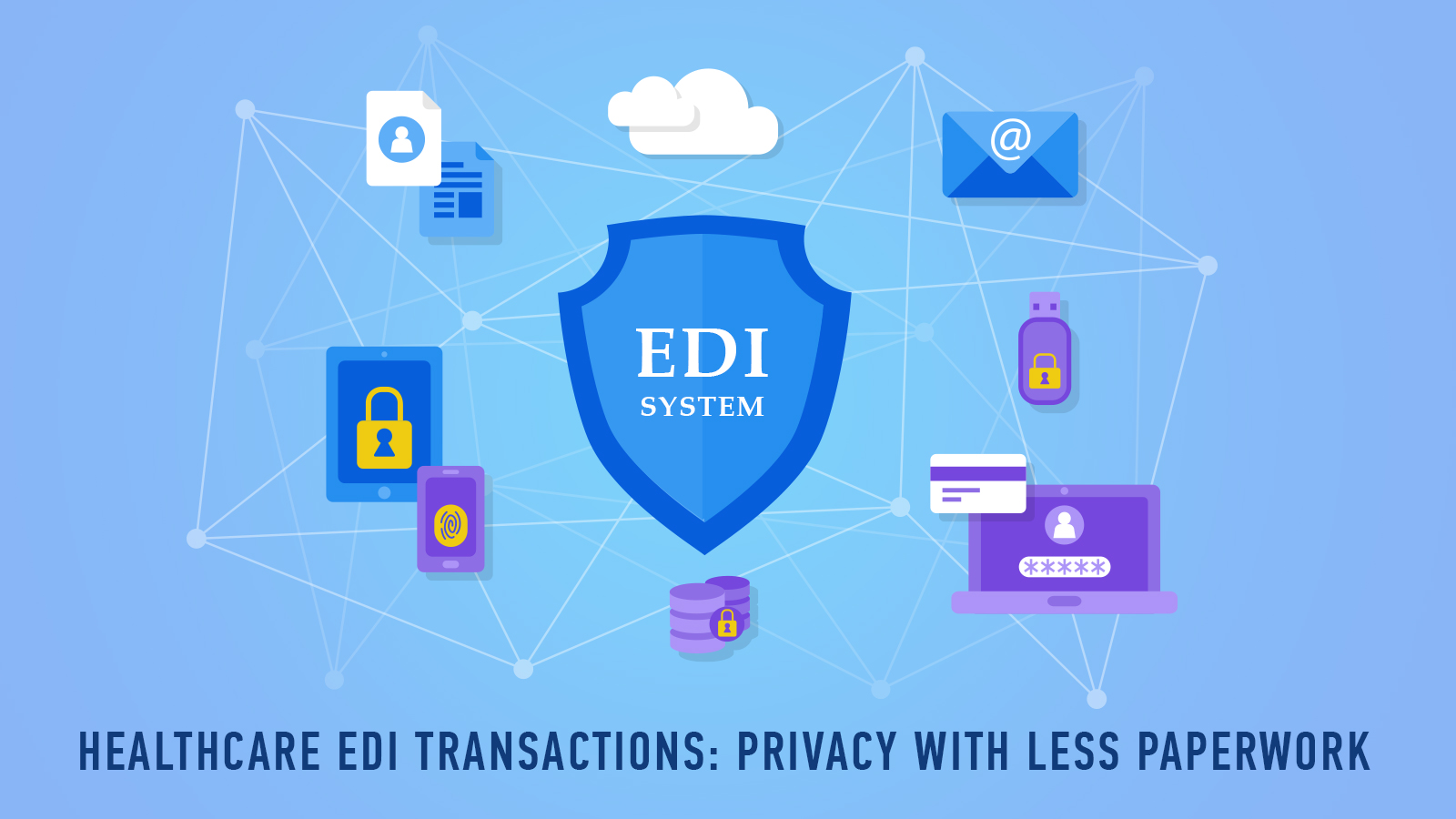
What are EDI Transactions? Benefits & Techniques
Electronic data interchange (EDI) transactions play an instrumental part in enabling businesses to exchange business documents electronically. The projected CAGR of 12% between 2023 to 2028 underscores its crucial role in allowing seamless data exchange between trading partners in the coming years. Let’s delve deeper into EDI transactions to learn about its components, types, and benefits.
What are EDI Transactions?
EDI transactions refer to the exchange of business data in a standardized electronic format. These transactions allow businesses to send and receive various types of business documents, such as purchase orders, invoices, shipping notices, and more—seamlessly and efficiently. These electronic transactions are a great alternative to traditional paper-based communication methods, facilitating faster data exchange between trading partners.
In today’s interconnected business landscape, businesses across various industries, ranging from retail and manufacturing to logistics and finance, heavily rely on EDI systems for business-to-business (B2B) communication. These transactions conform to specific standards, which improves data consistency and ensures transaction compatibility across different systems.
The three key structural components of EDI transactions include:
- Segments: Segments are the building blocks of an EDI transaction that represent individual units of information. Each segment is delimited by specific characters and contains data elements that convey essential information in an EDI file.
- Data Elements: Data elements are the smallest units of information within a segment that carry specific pieces of data, such as names, numbers, dates, or codes. These elements are identified by their positions and meanings as per the EDI standard.
- Envelopes: Envelopes provide the structural framework for an EDI transaction. They serve as a container that marks the initiation and conclusion of the transaction and include details such as sender and receiver identifiers, control numbers, and timestamps.
Benefits of EDI Transactions

EDI exchange provides numerous benefits that can transform business operations, including:
- Improved Efficiency: Automated data exchange through EDI transactions allow businesses to process documents more efficiently. Implementing an EDI solution can potentially bring down the transaction processing time from days or weeks to mere seconds.
- Reduced Errors: The adoption of EDI transactions virtually eliminates errors. No manual data input is involved in the process; hence, the potential for inaccuracies is significantly diminished—preventing unnecessary delays and saving valuable time and resources.
- Cost Savings: EDI transactions’ greater efficiency, combined with a reduction in errors, allow businesses to enjoy substantial cost savings. The automation minimizes resources required to process transactions and helps prevent costly chargebacks, penalties, and fines that can affect the bottom line.
- Enhanced Data Security: EDI transactions incorporate encryption and privacy protocols, which improve data security and compliance. These transactions comply with industry regulations, such as HIPAA and GDPR, ensuring that sensitive data remains safeguarded.
- Enhanced Partnerships: EDI transactions foster enhanced partnerships by streamlining communication between trading partners. The timely exchange of crucial information and faster document processing cultivate trust and collaboration and strengthen business relationships.
EDI Transaction Types
EDI transactions are used to handle a wide array of business requirements. The standardized formats and protocols for each transaction ensure reliable information exchange between trading partners.
Some of the common types of EDI transactions include:
- Purchase Order (850): This transaction initiates a purchase request from a buyer to a supplier, specifying the items, quantities, and terms of the order.
- Purchase Order Acknowledgment (855): The supplier uses this transaction to acknowledge the receipt and acceptance of a purchase order, confirming the details and setting expectations for fulfillment.
- Payment Order/Remittance Advice (820): This transaction facilitates electronic payment and includes remittance information such as invoice numbers, amounts, and payment details.
- Invoice (810): An invoice transaction is used to request payment for goods or services rendered, and may include itemized costs, payment terms, and any applicable discounts or taxes.
- Order Status Inquiry (869): Businesses use this transaction to inquire about the status of a previously placed order, or when seeking updates on fulfillment, shipment, or any related changes.
- Functional Acknowledgment (997): This transaction confirms the receipt, validation, and acceptance of other EDI transactions exchanged between trading partners.
- Health Care Claim (837): This transaction empowers healthcare providers to submit insurance claims to payers, containing detailed information on services rendered, diagnosis codes, and billing details.
- Health Care Eligibility/Benefit Inquiry (270): By leveraging this transaction, healthcare professionals can inquire about a patient’s insurance eligibility and benefits, as well as access essential information related to coverage, co-pays, and deductibles.
- Motor Carrier Load Tender (204): When offering a shipment to a carrier, this transaction includes vital details such as pickup and delivery locations, weight of a shipment, and any special instructions.
- Rail Carrier Shipment Information (404): Providing comprehensive rail shipment information, this transaction covers identification, equipment specifics, route details, and estimated arrival times.
Final Thoughts
EDI transactions play and will continue to play a vital role in B2B data exchange in the foreseeable future. EDI ensures consistent formats and rules for transaction processing, streamlining how information is shared, i.e., with accuracy and speed. A reliable EDI solution is paramount to maintaining accurate and secure data sharing in business processes.
Astera EDIConnect is an intuitive EDI management tool with advanced features that empower businesses to optimize data exchange. Featuring an intuitive, no-code interface, it comes with advanced EDI capabilities to seamlessly build and process EDI documents with trading partners. Do you want to take your first step toward optimizing your B2B transactions today? Schedule a personalized demo today!
 Astera AI Agent Builder - First Look Coming Soon!
Astera AI Agent Builder - First Look Coming Soon!


